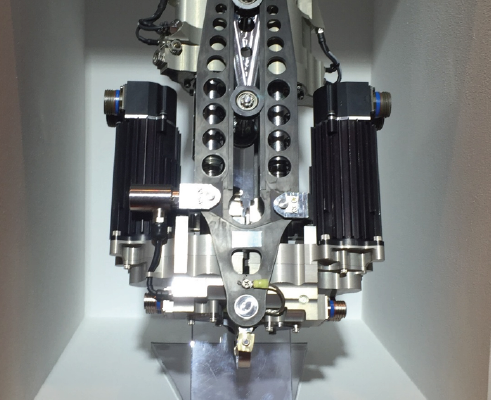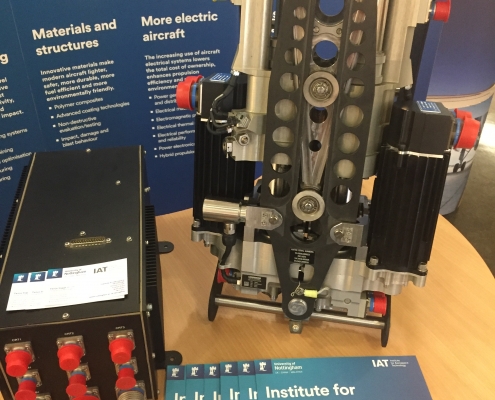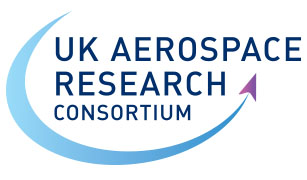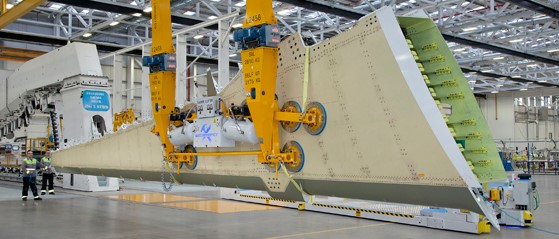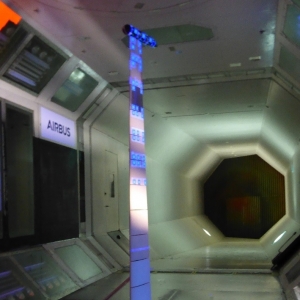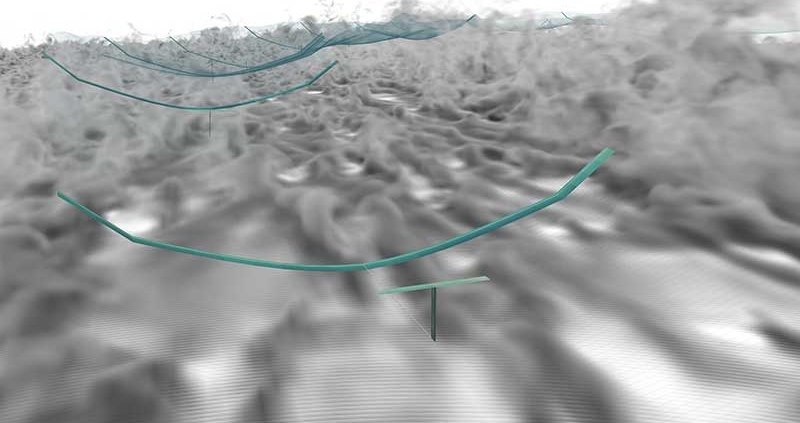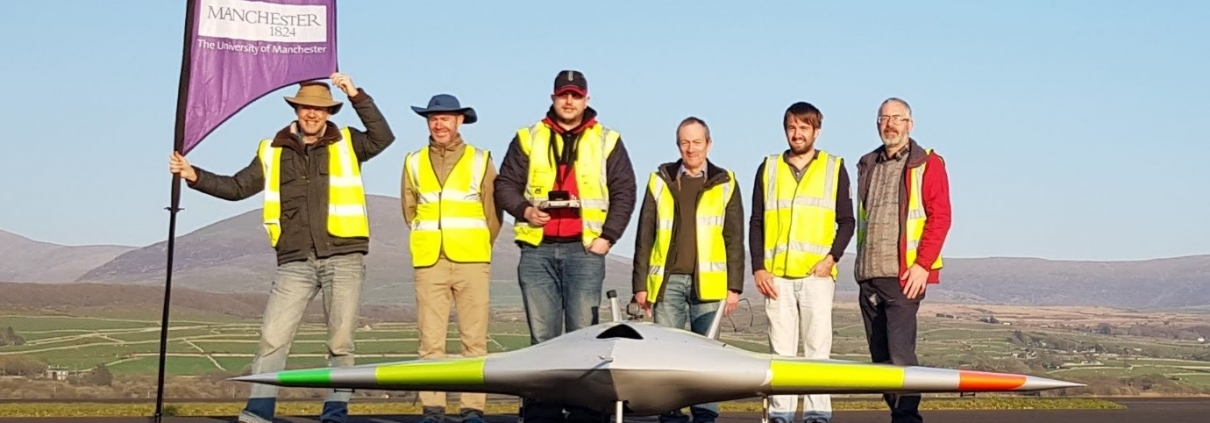The global aerospace sector is facing significant carbon reduction, noise and nitrogen oxide emissions reduction targets. The development of more electric aircraft (MEA) components and systems is a major area of research to help achieve these reduction targets.
The Helicopter Electro-Mechanical Actuation System (HEMAS), funded by the Clean Sky programme, is a highly innovative proof of concept demonstrator developed by the University of Nottingham and leading industry partners. The system demonstrates the benefits of electrification technologies by replacing the hydraulic system with a fully controllable and fault-tolerant electro-mechanical actuation system for helicopter swashplate control.
